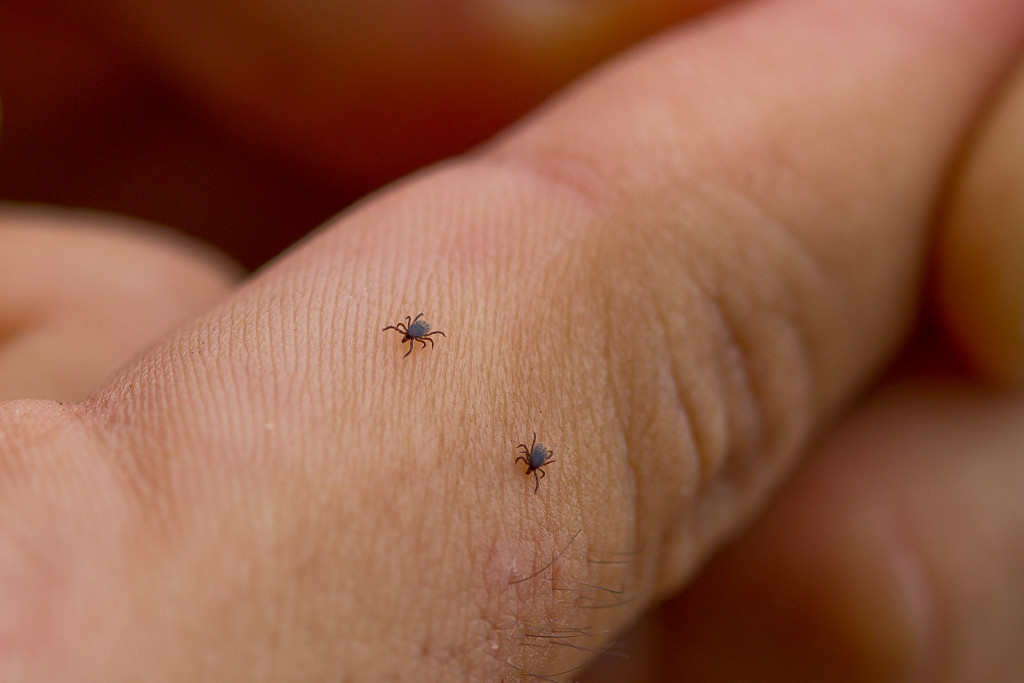- Lyme disease is caused by bacteria spread by ticks, resulting in fever, fatigue, joint pain, and rashes with the “bull’s-eye” pattern.
- Wear long sleeves and pants to protect yourself from ticks, use tick repellent with DEET, and check for ticks after going outdoors.
- Lyme disease treatment typically includes antibiotics, a steroid medication, or hyperthermia to raise the body temperature to kill off bacteria and reduce inflammation.
- Lifestyle changes include getting plenty of rest, exercising regularly, eating a balanced diet, and managing stress.
Lyme disease is a serious illness caused by bacteria and spread by ticks. It can cause various symptoms, from fever and fatigue to joint pain and muscle aches. In the United States, diagnoses of this condition have increased dramatically over the past 15 years, with a 357% increase in rural areas and a 65% uptick in urban areas. This alarming trend suggests that more people are being exposed to the bacteria. While treatments are available for Lyme disease, managing it can be difficult and often requires significant lifestyle changes. Here’s what you need to know about managing your condition.
Know the Symptoms of Lyme Disease
The first step in managing your condition is understanding the symptoms associated with it. Common signs of Lyme disease include the following:
- Fever
- Fatigue
- Headache
- Stiff neck
- Muscle ache
- Joint pain or swelling
- Rashes that look like the “bull’s-eye” pattern (known as erythema migrans)
- Facial nerve paralysis (Bell’s palsy)
- Heart palpitations
If you experience these symptoms or suspect a tick has bitten you, seek medical attention immediately.
Take Precautions Against Ticks
Ticks primarily spread Lyme disease, so taking precautions against them is essential for managing your condition. Here are some of the steps you can take:
Protect Yourself When Going Out
Ticks are prevalent during the summer months, so take steps to protect yourself if you’re going outdoors. Wear long sleeves and pants tucked into your socks, use a tick repellent with DEET or other active ingredients on exposed skin, and check for ticks after returning indoors.
Maintain Your Property
Ticks thrive in wooded or overgrown areas, so keep your property well-maintained. Mow the lawn frequently, trimming overgrown vegetation, and remove brush piles or leaf litter around your home. Additionally, check your pet for ticks after walks, as they are often vectors for these parasites.

Managing Lyme Disease
You don’t have to go alone if you have been diagnosed with Lyme disease. You can make various treatments and lifestyle changes to manage your condition and reduce the severity of its symptoms.
Medication
Your doctor may prescribe an antibiotic or combination to treat the infection, usually at least 4 weeks to 3 months. Sometimes, your doctor may recommend taking a course of steroids for a few weeks to reduce inflammation and swelling.
Hyperthermia
Some doctors may also recommend hyperthermia as a treatment for Lyme disease. This involves raising your body temperature to kill off the bacteria and reduce inflammation. This type of treatment is still relatively new, so talk to your doctor about its potential benefits and risks before trying it.
Follow Through With Treatment
It’s important to complete your entire course of treatment even if you start feeling better. This helps ensure that the bacteria are completely eliminated from your system and prevents them from coming back at a later date.
Make Lifestyle Changes

In addition to taking precautions against ticks, lifestyle changes can help manage your condition. Here are the essential steps you should take:
- Get Plenty of Rest: Rest is important if you have Lyme disease, as it helps your body fight the infection and heal itself. Aim for 8 to 10 hours of sleep a night and take naps throughout the day if you feel extra tired.
- Exercise Regularly: Regular exercise can help reduce fatigue, improve the range of motion in your joints, and boost your immune system. Start with light activities such as walking and stretches, then gradually work to more intense exercises like weight training or yoga.
- Eat a Balanced Diet: Eating a balanced diet is essential for managing Lyme disease. Aim for meals with plenty of fruits and vegetables, lean proteins, healthy fats, and whole grains.
- Manage Stress: Stress can worsen Lyme disease symptoms, so finding healthy ways to manage it is important. Consider activities such as yoga, deep breathing, and meditation to help reduce your stress levels.
- Stay Positive: Living with Lyme disease can be difficult and overwhelming sometimes, but staying positive can make a big difference in how you feel. Connect with others with the same condition, find support groups, and reach out to friends and family for emotional support.
Lyme disease can be scary, but knowing how to manage it and take steps to protect yourself can help you stay healthy. By understanding these tips, you can take control of your condition and live a full life. Ask your doctor for personalized advice if you have any questions or concerns. With the right knowledge and support, you can manage your Lyme disease and find the peace of mind that comes with it.
